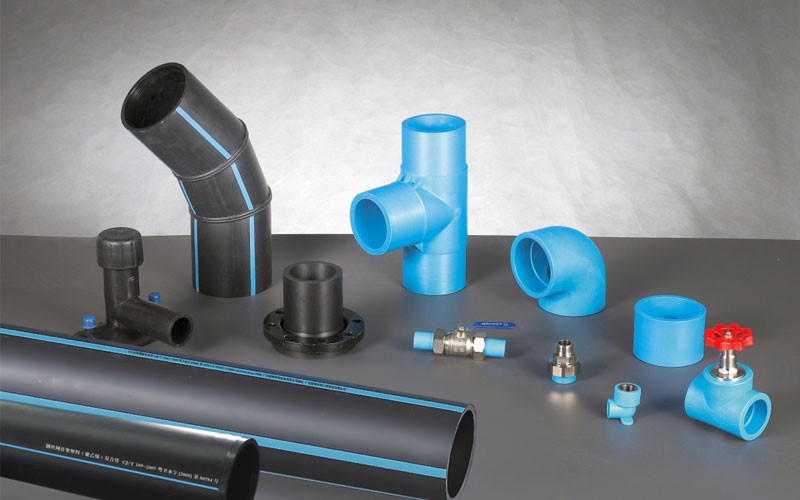Aug . 14, 2024 21:25 Back to list
Exploring the Benefits and Applications of PPR Pipes for Hot and Cold Water Systems
PPR Pipe for Hot and Cold Water Products A Comprehensive Overview
PPR (Polypropylene Random Copolymer) pipes have gained significant popularity in modern plumbing and heating systems, particularly for transporting hot and cold water. These pipes are praised for their durability, ease of installation, and cost-effectiveness, making them a preferred choice in both residential and commercial settings.
Advantages of PPR Pipes
One of the most notable advantages of PPR pipes is their resistance to temperature and pressure fluctuations. They can endure water temperatures ranging from as low as 0°C to as high as 95°C, making them suitable for both hot and cold water applications. This characteristic ensures that PPR pipes maintain their integrity and performance over time, even under extreme conditions.
Moreover, PPR pipes boast exceptional corrosion resistance. Unlike traditional metal pipes, which can rust and corrode, PPR does not react with water or other substances, negating the risks of leaks and contamination. As a result, the water quality remains high, which is particularly essential in plumbing systems.
Another benefit of PPR pipes is their lightweight nature. This feature simplifies transportation and installation processes, reducing labor costs and time. Unlike heavier materials, PPR pipes can be handled easily, allowing for faster and more efficient setup in various applications.
Environmentally Friendly Choice
In today's eco-conscious world, PPR pipes stand out as an environmentally friendly option. They are produced from recyclable materials, and the manufacturing process generally has a lower environmental impact compared to traditional piping materials. Furthermore, PPR pipes do not release toxic substances into the water, ensuring the safety of drinking water supplies.
ppr pipe for hot and cold water products

Installation and Maintenance
Installation of PPR pipes is straightforward, often achieved through heat fusion welding. This method creates a permanent and leak-proof joint, ensuring that the pipes remain secure during operations. The simplicity of the installation process often reduces the overall cost of plumbing projects, making PPR pipes an economical choice.
Maintenance requirements for PPR pipes are minimal. They do not require special treatment or coatings and can be cleaned easily if necessary. Their long lifespan, often exceeding 50 years, means homeowners and businesses can enjoy reliable performance without frequent replacements.
Applications of PPR Pipes
PPR pipes are versatile and find usage in a variety of applications. They are commonly employed in residential plumbing for hot and cold water supply lines. Their ability to handle high temperatures makes them ideal for heating systems, including underfloor heating and radiator installations. Moreover, many commercial buildings utilize PPR pipes for chiller systems, wastewater management, and even in industrial processes.
Conclusion
In summary, PPR pipes for hot and cold water products represent a reliable and efficient solution for modern plumbing needs. Their combination of durability, cost-effectiveness, and environmental friendliness positions them as a superior alternative to traditional piping materials. As awareness of their benefits continues to grow, it is likely that PPR pipes will play an increasingly pivotal role in the development of sustainable plumbing and heating systems worldwide. With their long lifespan and minimal maintenance requirements, PPR pipes prove to be not only a smart investment but also a commitment to quality and environmental stewardship.
-
High-Quality PVC Borehole Pipes Durable & Versatile Pipe Solutions
NewsJul.08,2025
-
High-Quality PVC Perforated Pipes for Efficient Drainage Leading Manufacturers & Factories
NewsJul.08,2025
-
High-Quality PVC Borehole Pipes Durable Pipe Solutions by Leading Manufacturer
NewsJul.08,2025
-
High-Quality PVC Borehole Pipes Reliable PVC Pipe Manufacturer Solutions
NewsJul.07,2025
-
High-Quality UPVC Drain Pipes Durable HDPE & Drain Pipe Solutions
NewsJul.07,2025
-
High-Quality Conduit Pipes & HDPE Conduit Fittings Manufacturer Reliable Factory Supply
NewsJul.06,2025

